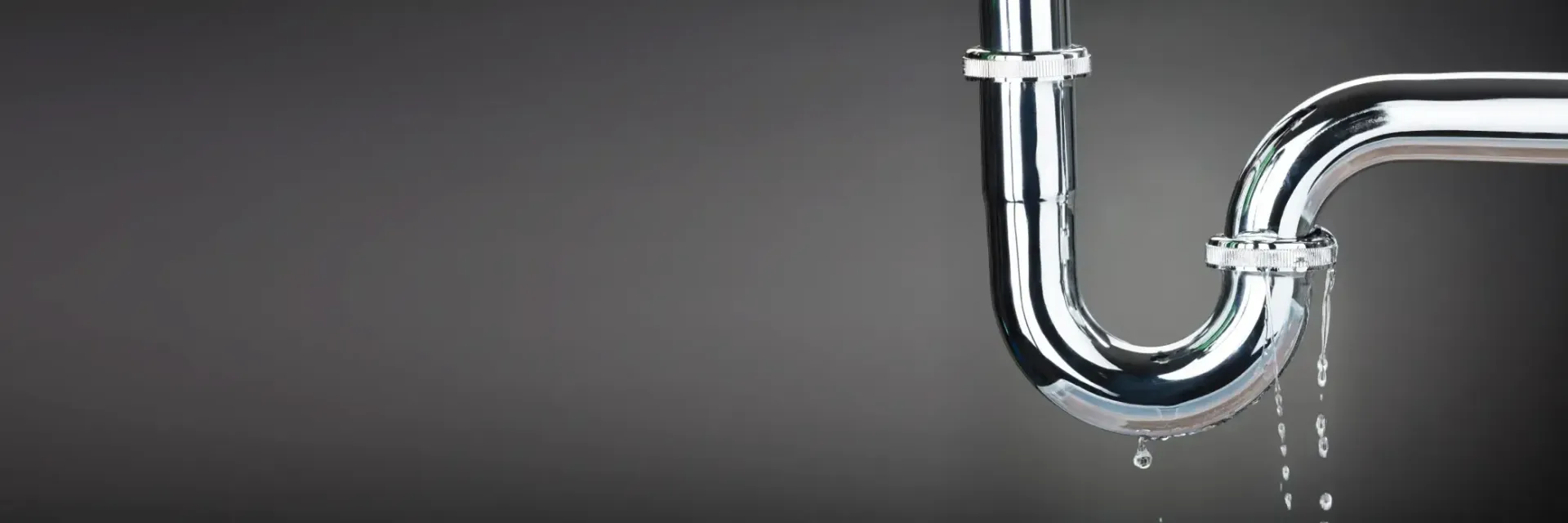5 Techniques to Maintain Your A/C Condenser
Let’s face it: The South is sweltering in the summer. You don’t want to endure the Georgia heat without a properly functioning air conditioner, or you’ll be sweating like a sinner in church. But you may not know how to maintain your air conditioner so that you and your family can keep your cool even on the hottest days. To ensure your A/C consistently runs smoothly, you need to brush up on your air conditioner condenser maintenance.
If you’re thinking, “Back up, what is an A/C condenser?” that’s perfect. Let’s start there. An A/C condenser is the unit of your air conditioner that releases heat, and it’s typically located outside your house. Because of its outdoor location, it tends to accumulate dirt and debris that’s airborne from trees, lawn clippings, and more. And a dirty A/C condenser just can’t do its job.
What’s the Harm of a Dirty A/C Condenser?
How can you tell that you might need to clean your A/C condenser? The most obvious indication is that your home isn’t cooling properly. When your condenser coils are dirty, the dirt forms a layer that serves as a barrier between the air blown over the oils and the heat inside the refrigerant that flows over the coils.
That barrier makes it harder for heat to move from the coils to the air outside the house, which means that heat isn’t removed properly from inside your home. When that happens, you might notice your utility bills rising, and your machine laboring more than normal means it’s at greater risk of breaking down.
If your air conditioning unit breaks down, you’ll be looking at repairs or even at replacing your air conditioner, which can
cost in the thousands of dollars. So it makes sense to learn how to take good care of your air conditioner condenser unit.
How to Clean A/C Condenser Coils
Now that you have a better idea of what an A/C condenser is and why it’s important for keeping you cool, it’s time to learn how to clean your air conditioner condenser unit and keep it well-maintained.
1. Remove any debris near your condenser unit and clear the landscape around it.
First, cut down any weeds, grass, or plants that are growing around the air conditioner condenser unit and could be blocking airflow. When that happens, it’ll decrease the unit’s efficiency, so make sure to get rid of anything stuck on the unit, like twigs or vines.
Also, make sure there’s no landscaping blocking the unit, so trim back any bushes, tall grass, or vines that are encroaching on the A/C unit’s space.
2. Clean the air conditioner’s condenser unit.
Next, you can clean the A/C condenser using a commercial A/C coil cleaner such as Comstar Coil Safe or Nu-Calgon Evap Foam No Rinse, which are options you can find online or at refrigerator supply stores. Follow the directions on the cleaner’s package, and
3. Straighten the unit’s fins if they’re bent.
Then, clean the unit’s fins extremely carefully with a soft brush to remove any dirt that has accumulated, and if the fins are bent, you can straighten them with a fin comb, which can slide into the spaces between the fins. Straightening the fins is beneficial because bent fins can block airflow into and out of the unit. The fins are delicate, so be sure not to damage the fins as you go.
You can avoid bent fins with regular troubleshooting from a technician, who will catch and correct this problem and keep you cool with a more efficient and quiet unit.
4. Listen for any odd noises.
So often, if your A/C condenser unit is having problems, you might hear loud and disconcerting noises as it’s running. If you hear anything unusual, you should call certified technicians to check out your A/C unit and service it.
5. Schedule an annual air conditioner tune-up
If you’re having problems with your A/C, you should naturally skip to the step in which you call for help. But if you’ve taken care of basic air conditioner condenser maintenance, the next step is to set up a tune-up appointment to make sure everything’s in good working condition. Technicians can clean your condenser unit, inspect all of the unit’s internal parts, and inspect for any refrigerant leaks around your unit.
How to Keep Your A/C Condenser Unit Maintained
You and your air conditioner will be made in the shade if you keep your air conditioner condenser unit tuned up. With Gainesville Mechanical’s
Professional HVAC Maintenance Plan, you get simple, reliable, and affordable help without ever having to deal with damage, mess, debris, or delays.
The average A/C repair costs five times as much as scheduled service, so proactive maintenance pays off big-time. Are you looking for a partner in beating the Northern Georgia heat?
Contact us at 770-532-9130 today!











Share On: